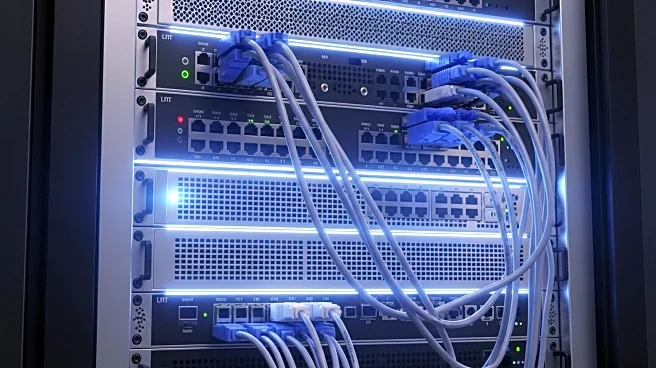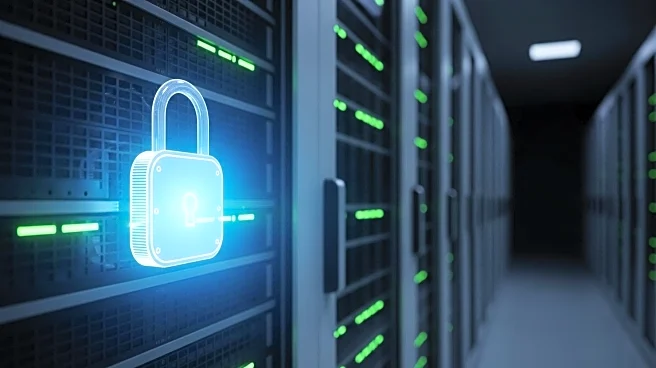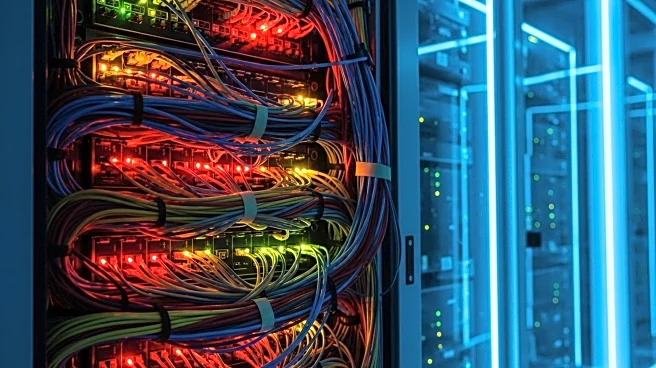What is the story about?
What's Happening?
Advanced persistent threat groups are increasingly exploiting the ConnectWise ScreenConnect remote monitoring and management tool to compromise networks. This tool is being used to create phishing schemes through custom URLs and invite links, leading targets to download malicious ScreenConnect clients. Once installed, these clients register as Windows services, enabling continued remote connectivity. Researchers have identified hostnames, encrypted keys, and IP mappings within the clients' configuration files, highlighting the need for vigilance against illicit ScreenConnect usage.
Why It's Important?
The exploitation of ConnectWise ScreenConnect poses significant risks to network security, as it allows threat actors to gain unauthorized access to sensitive data and systems. Organizations using this tool must enhance their security measures to prevent such intrusions. The increasing sophistication of these attacks underscores the need for robust cybersecurity protocols and continuous monitoring to protect against potential breaches. Failure to address these vulnerabilities could lead to severe consequences, including data theft and operational disruptions.
What's Next?
Organizations are expected to increase their vigilance and implement stricter security measures to combat the misuse of ConnectWise ScreenConnect. This includes monitoring custom URLs, invite links, and persistent client binaries, as well as analyzing in-memory installer behavior and configuration files. Cybersecurity experts may also develop new strategies and tools to detect and prevent such exploitation, ensuring the protection of sensitive data and systems.
Beyond the Headlines
The ongoing exploitation of remote monitoring tools like ConnectWise ScreenConnect highlights the broader issue of cybersecurity in the digital age. As threat actors continue to evolve their tactics, organizations must prioritize cybersecurity education and awareness among employees to prevent phishing and other social engineering attacks. Additionally, the ethical implications of using such tools for malicious purposes raise questions about the responsibility of software developers in ensuring their products are secure.
AI Generated Content
Do you find this article useful?













